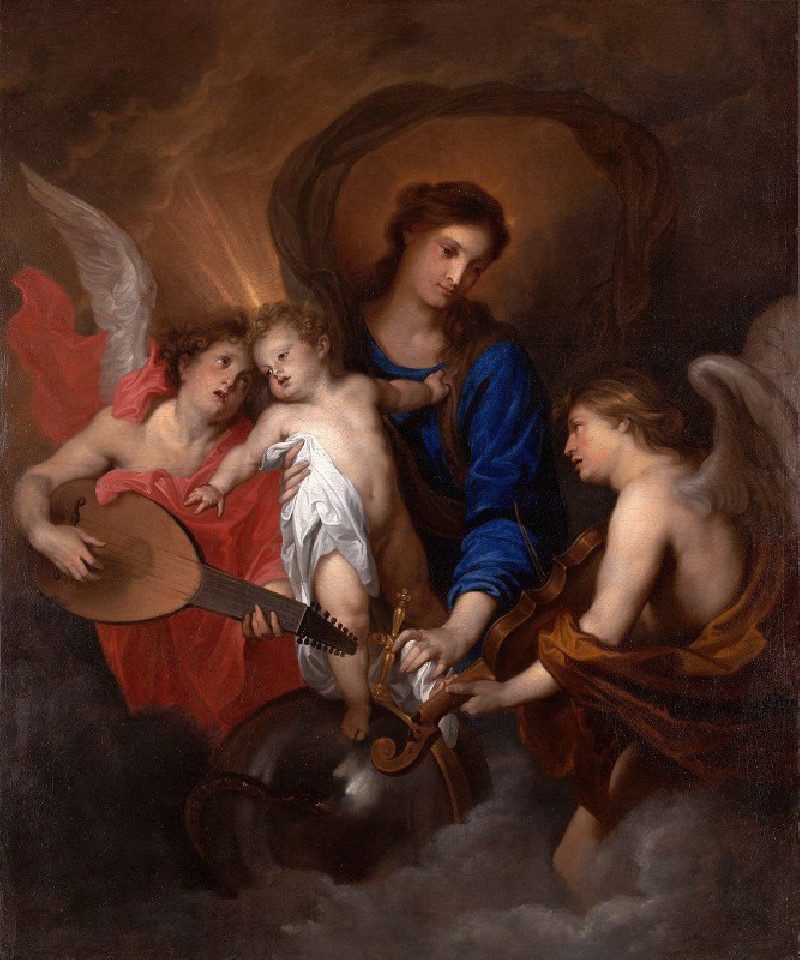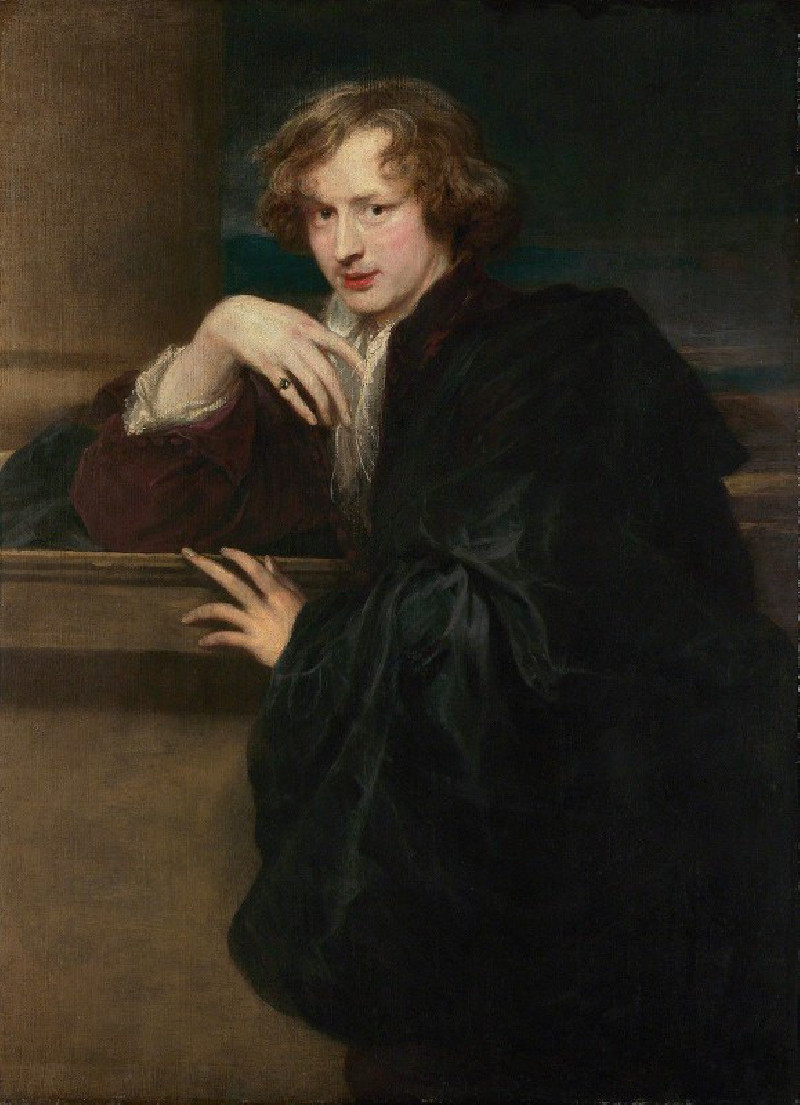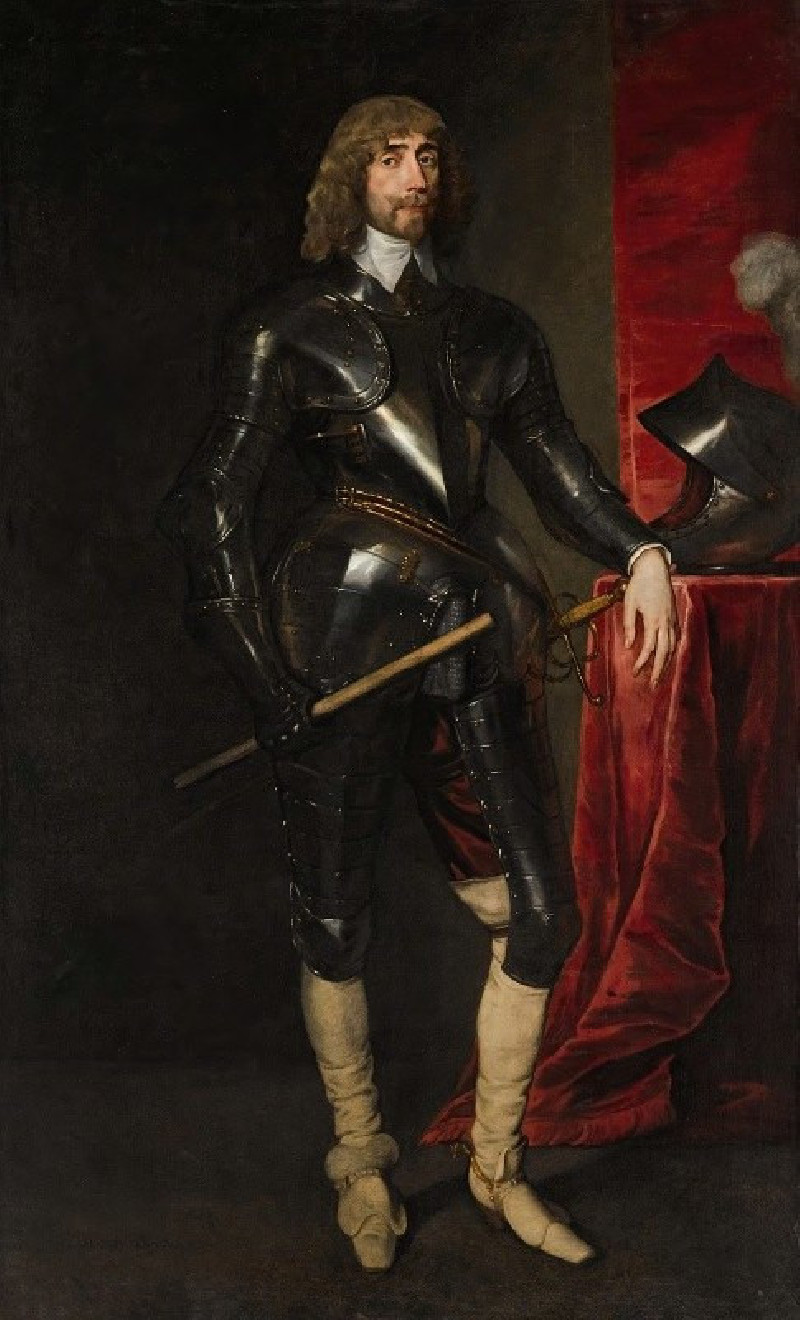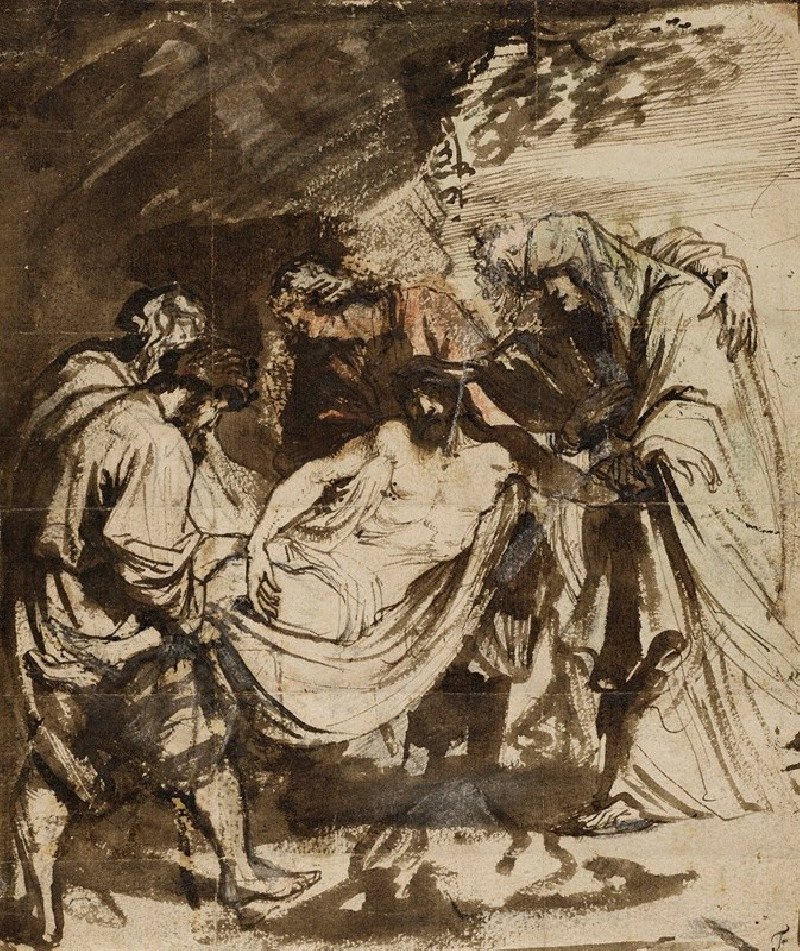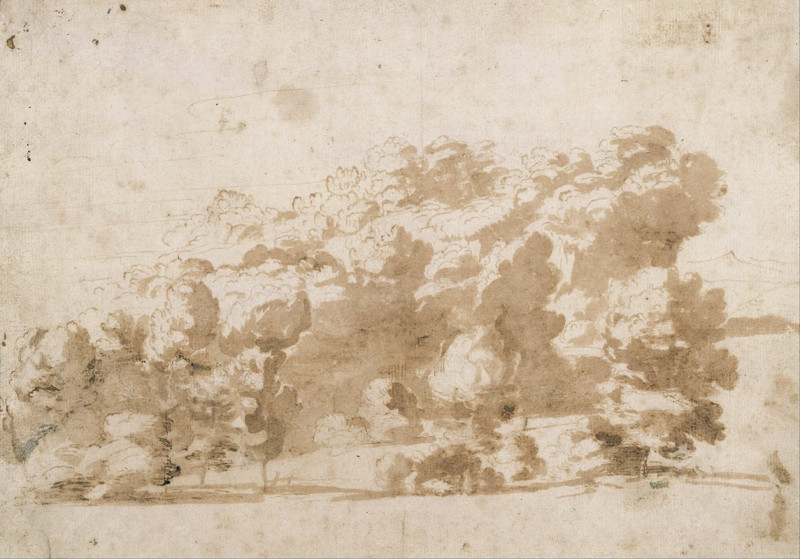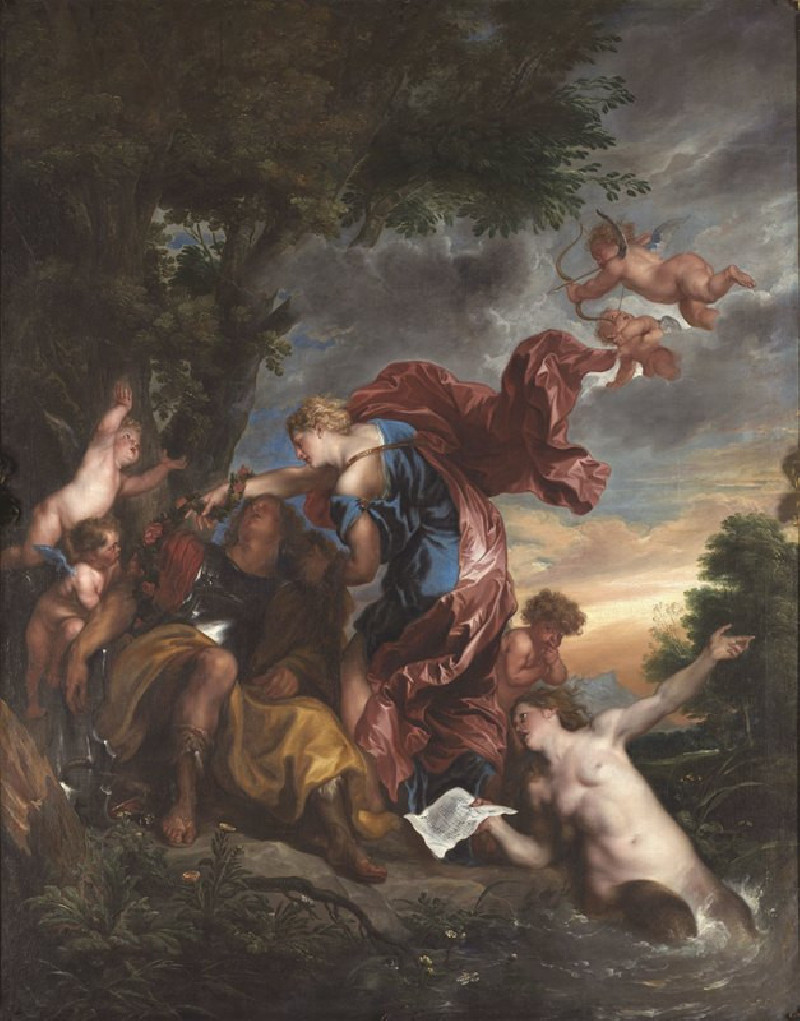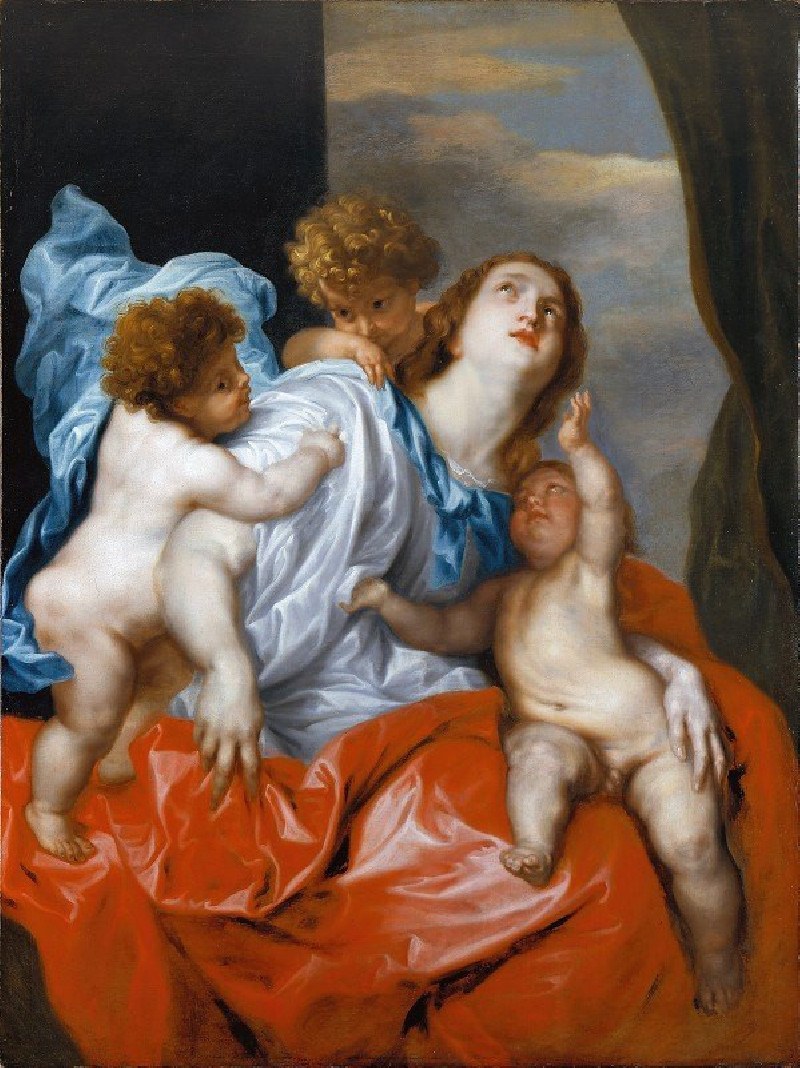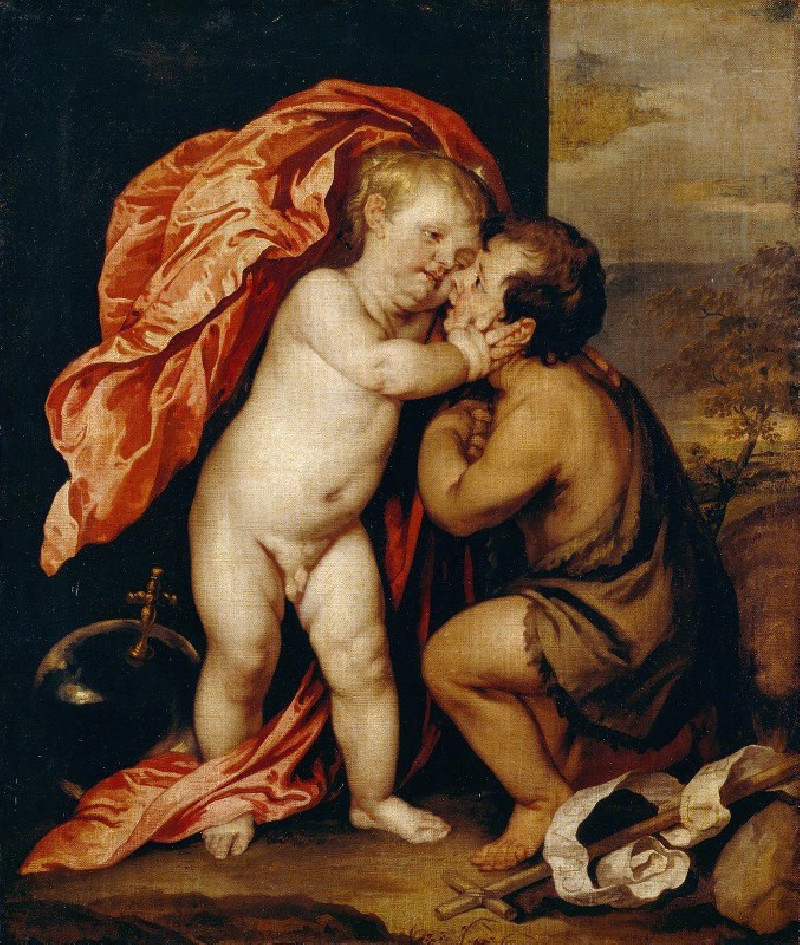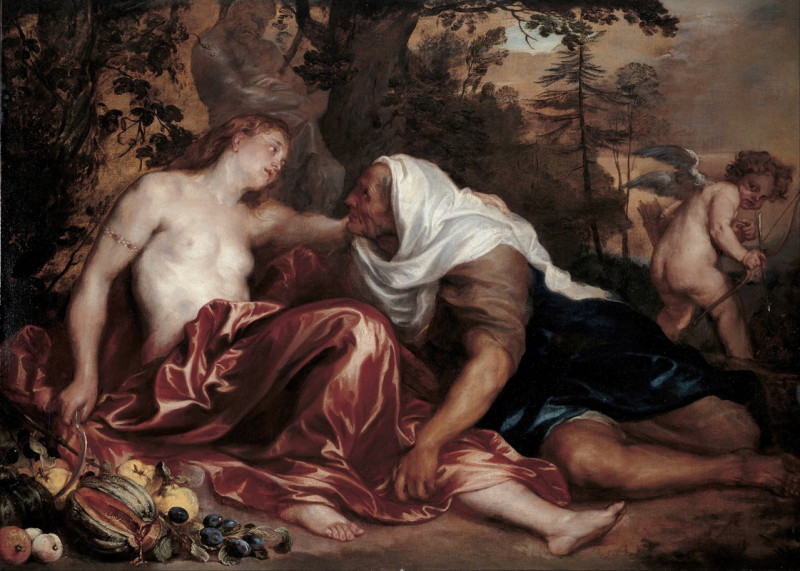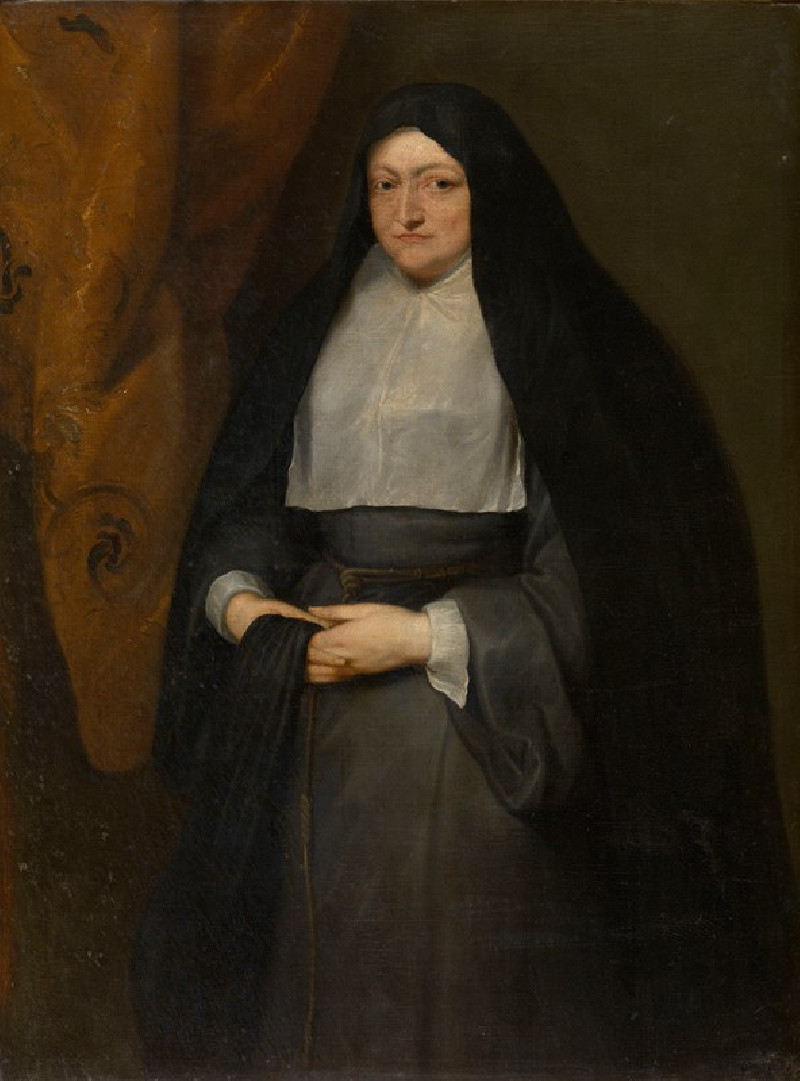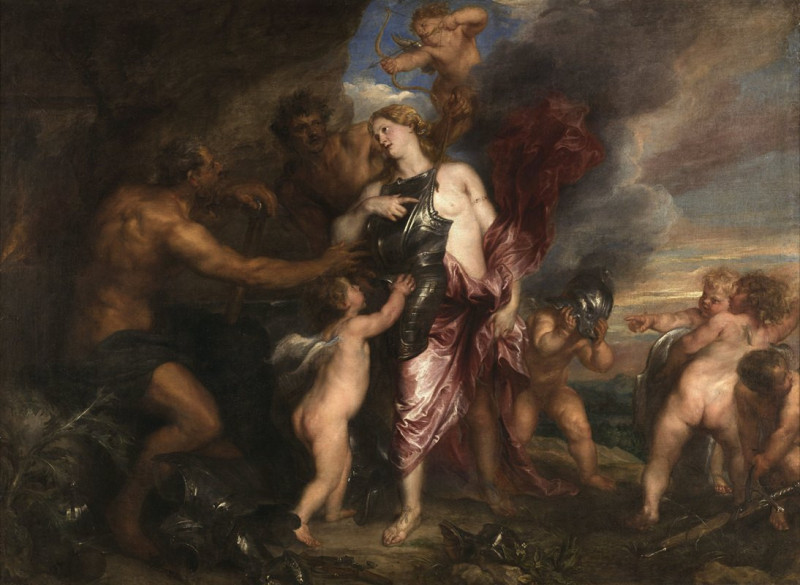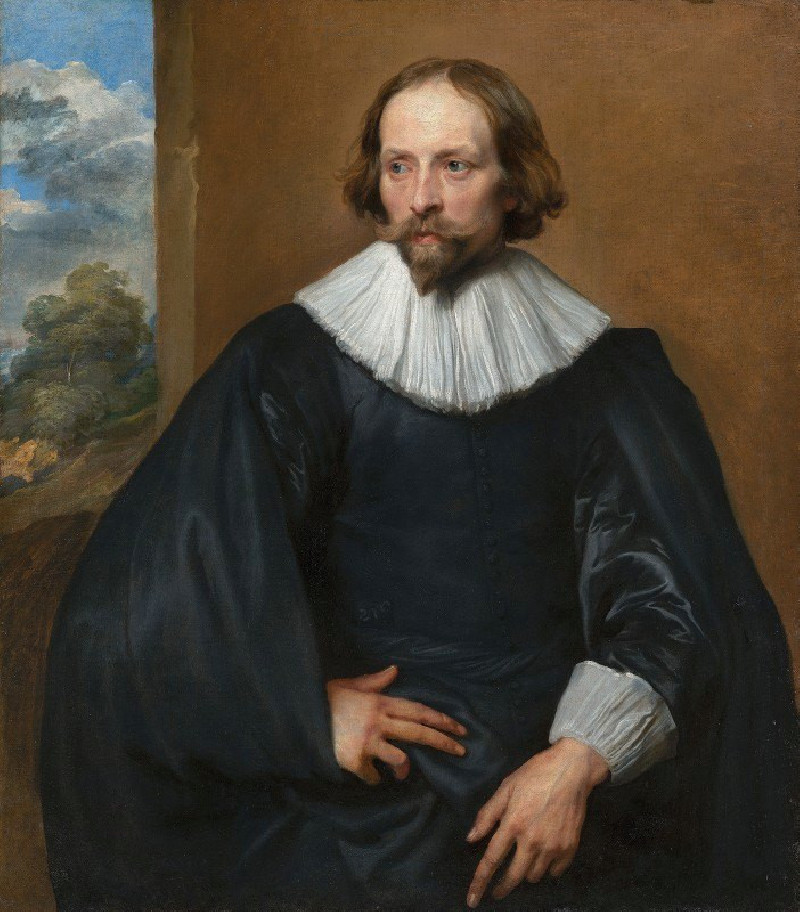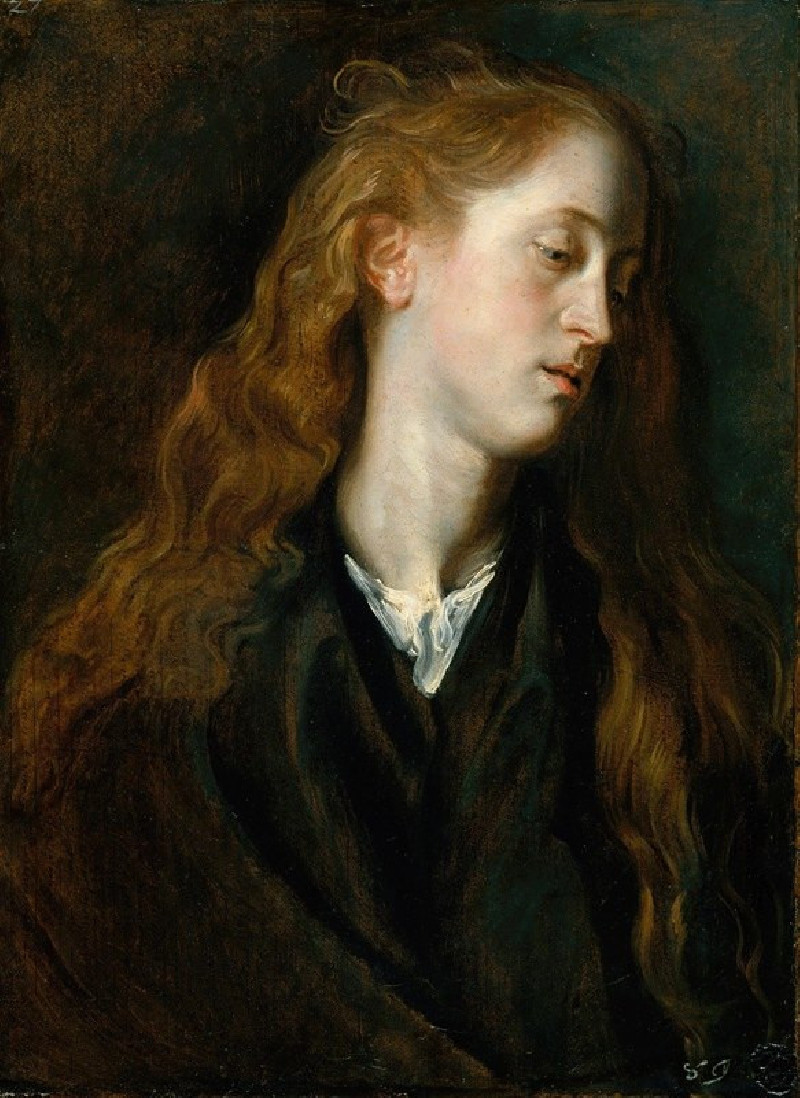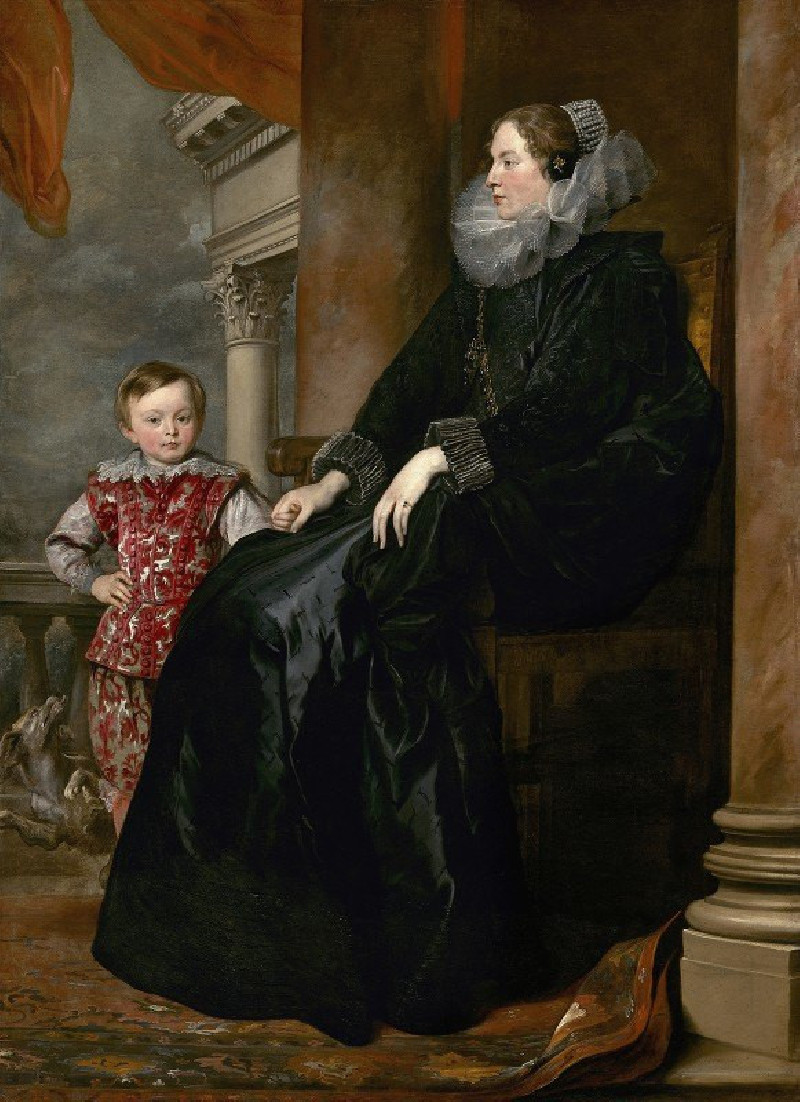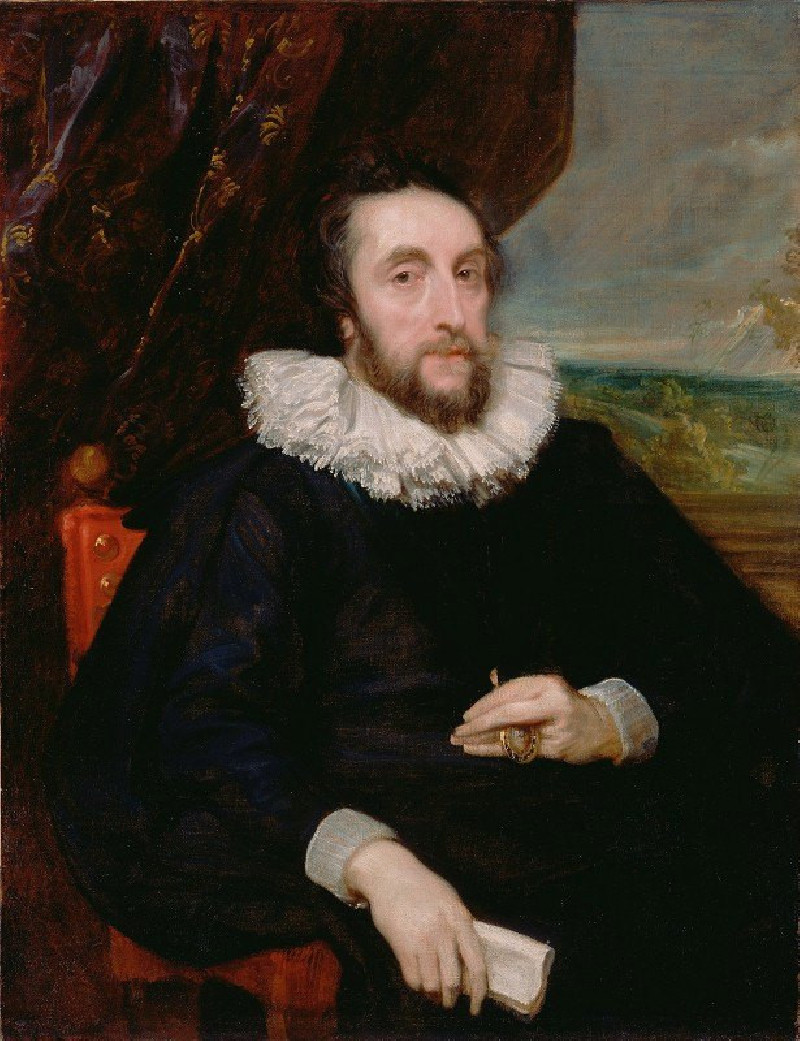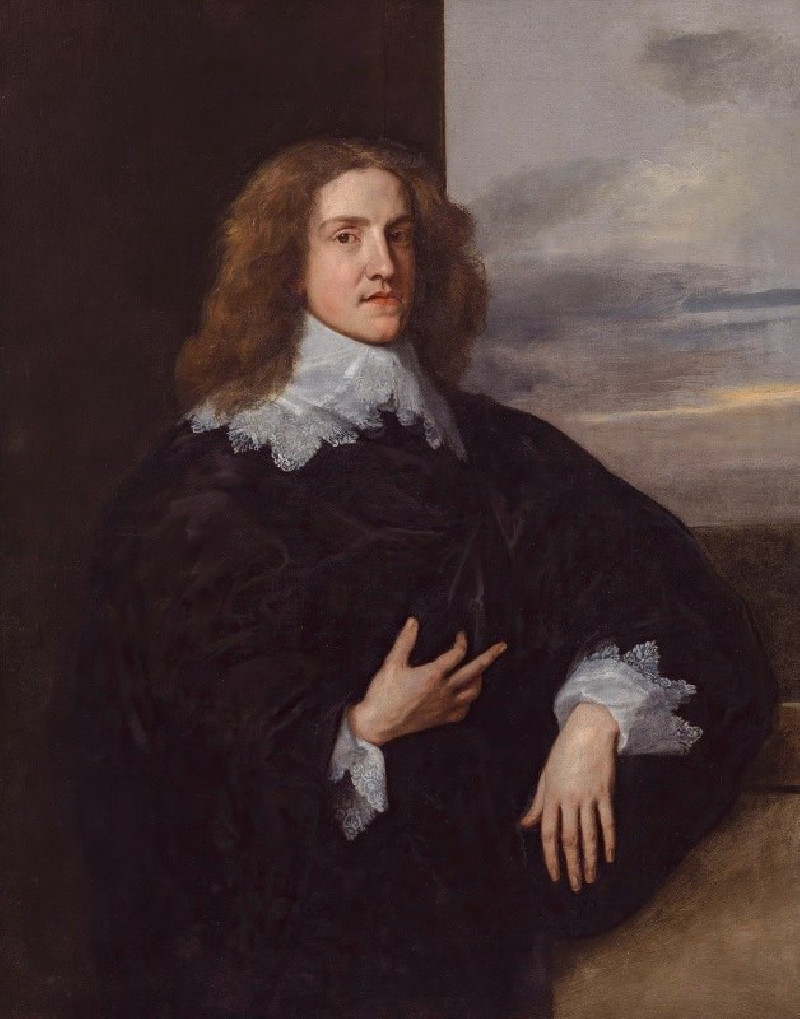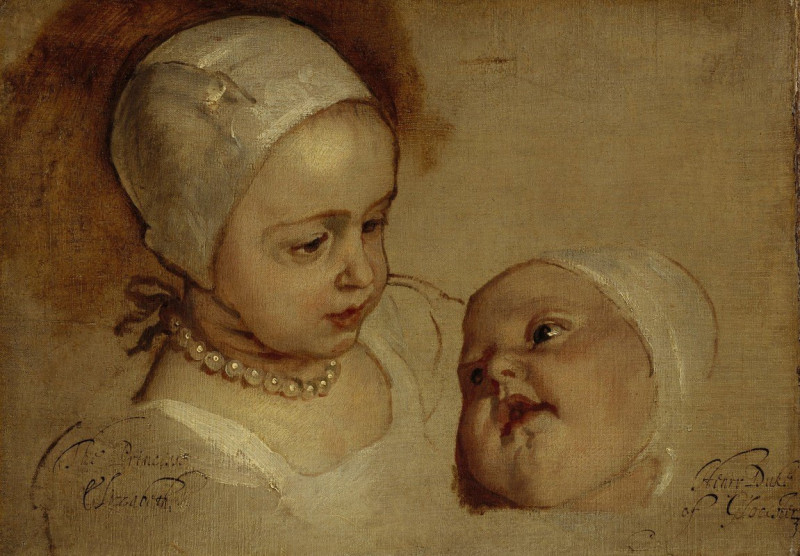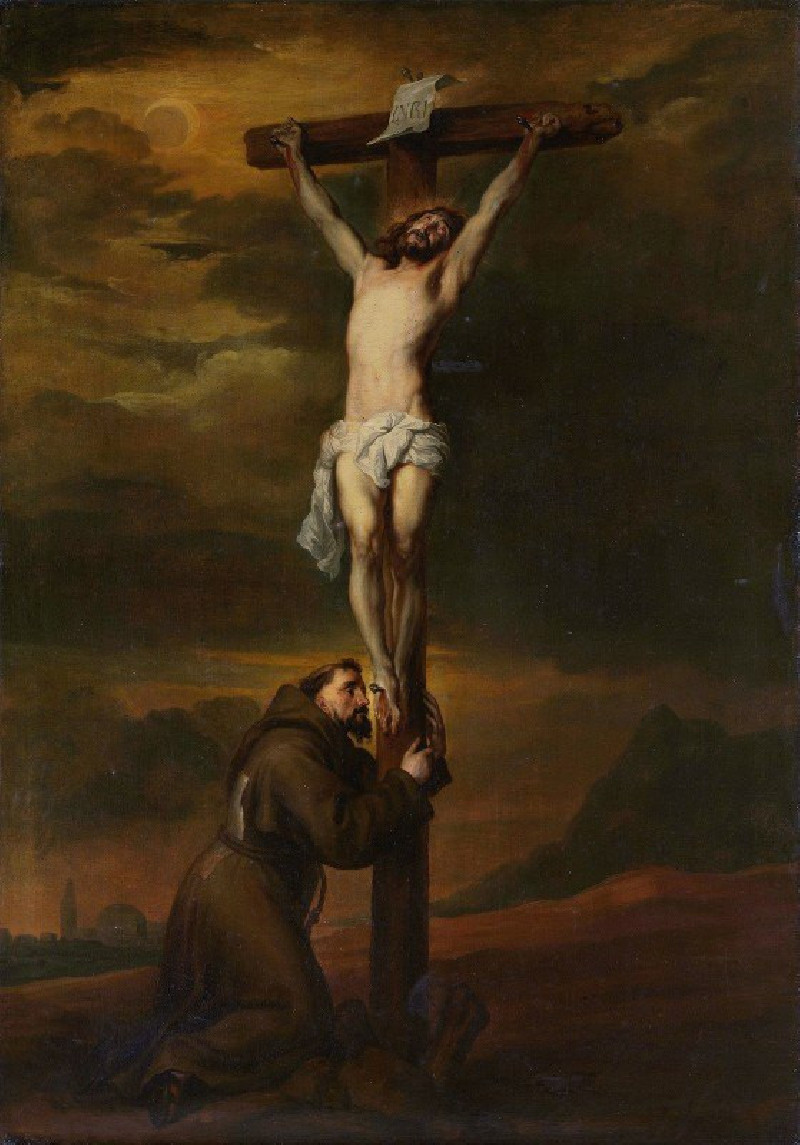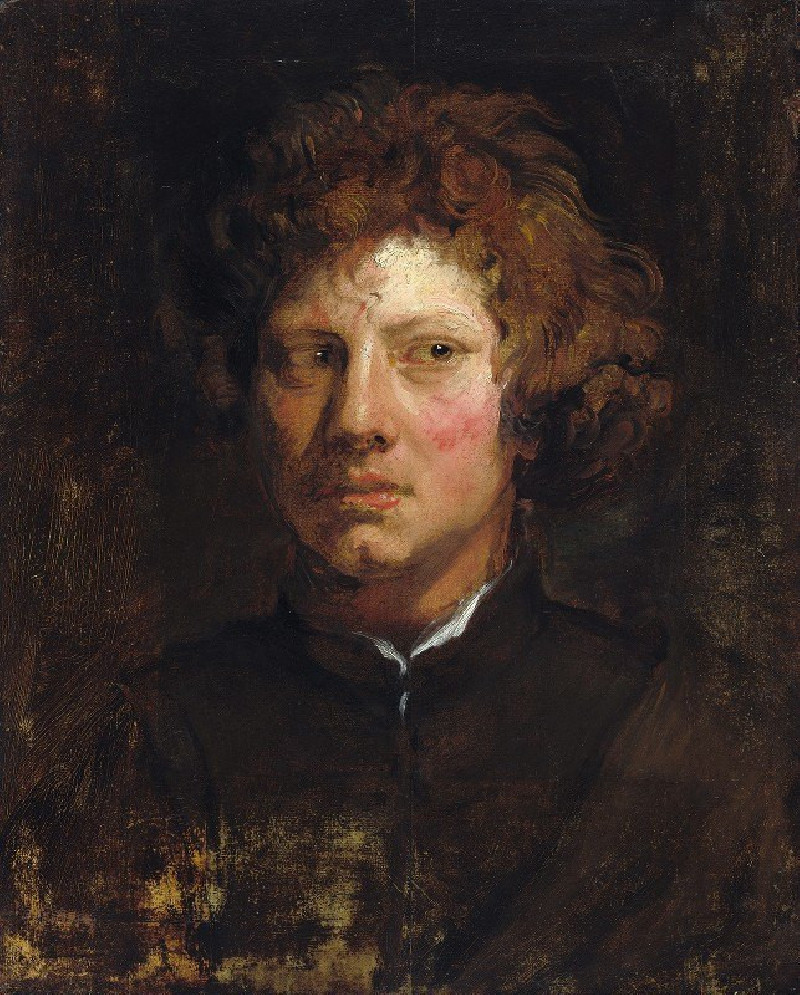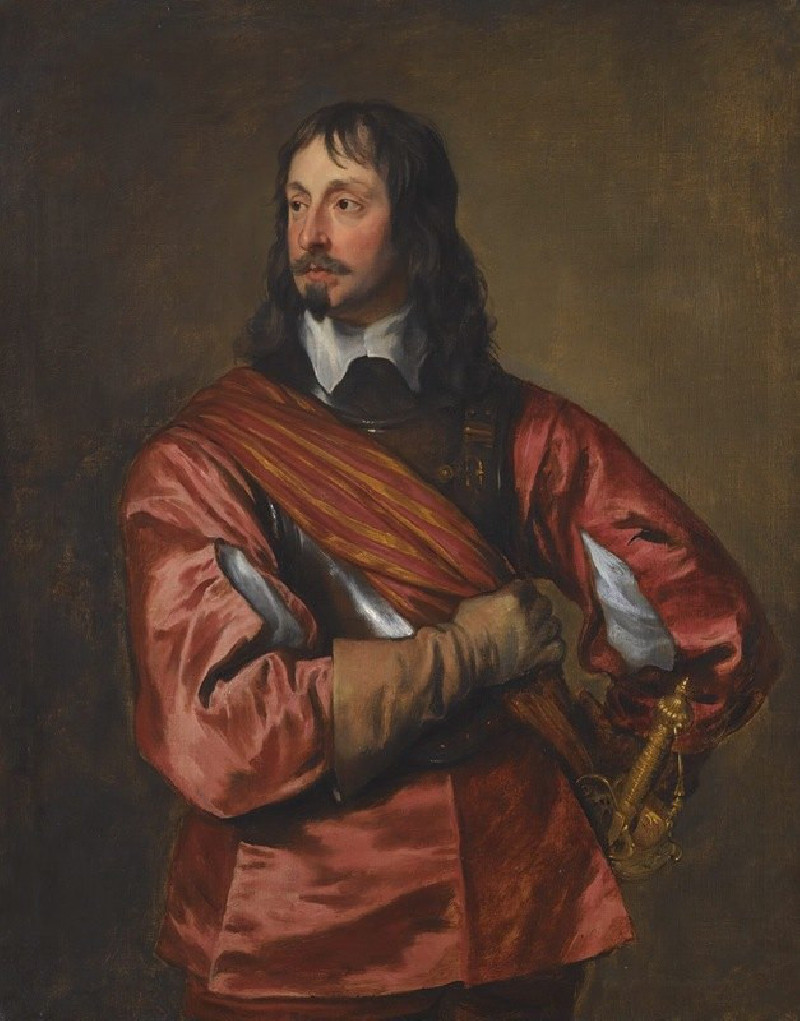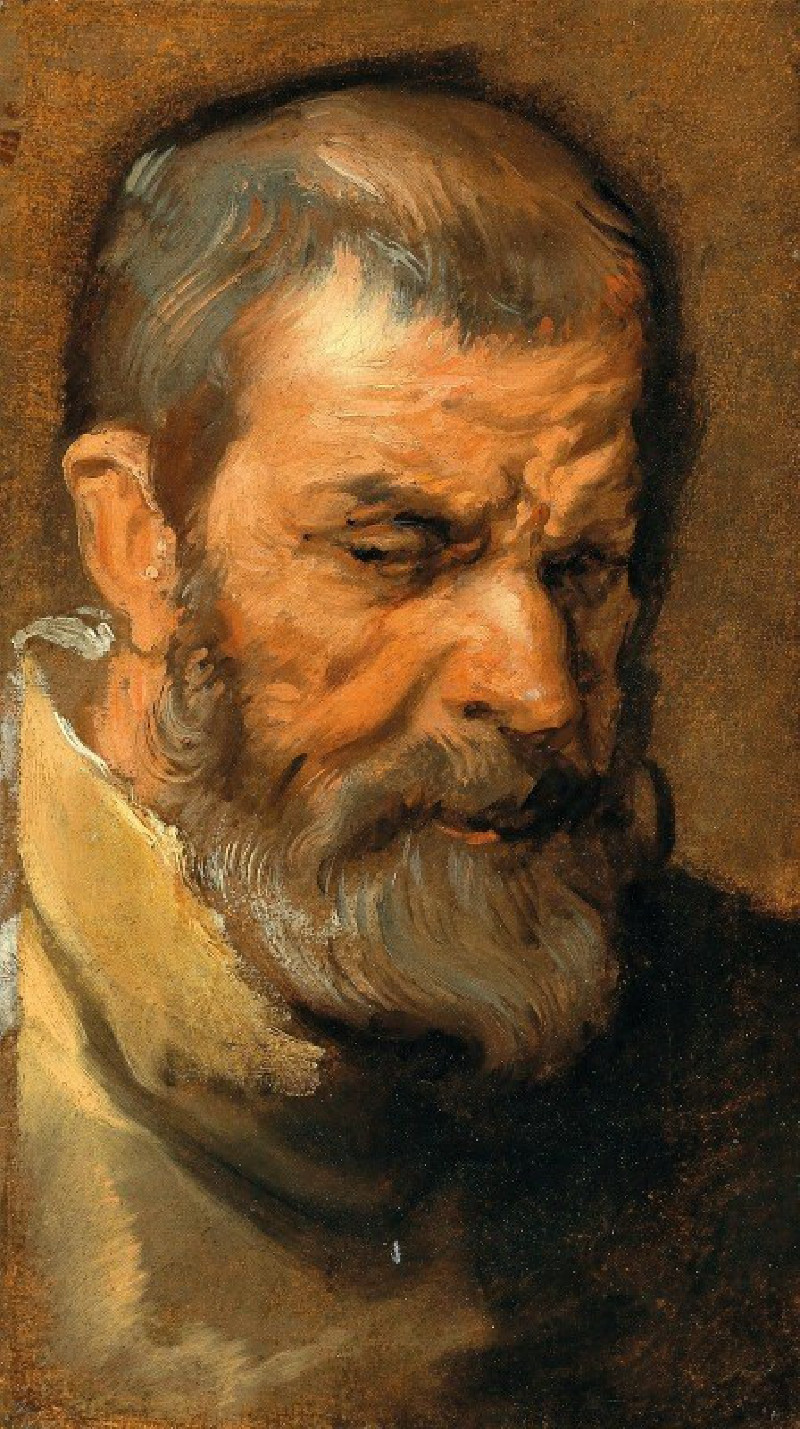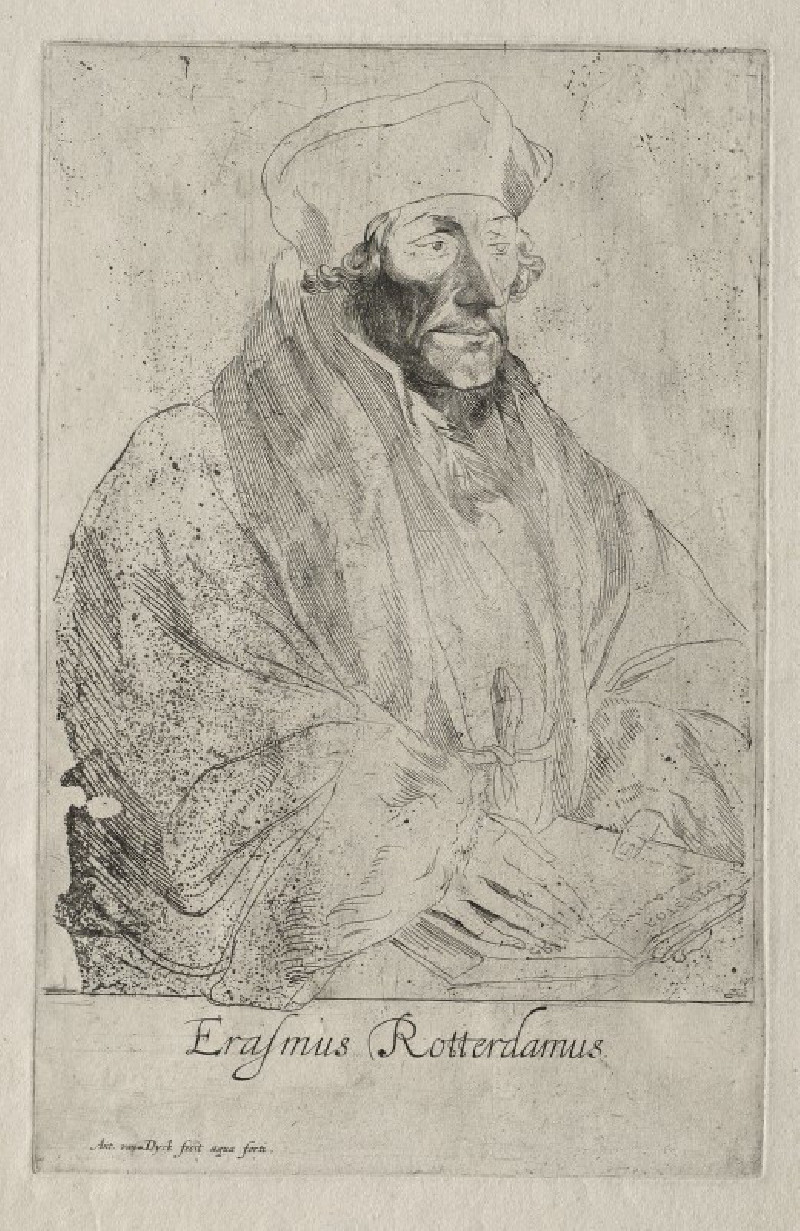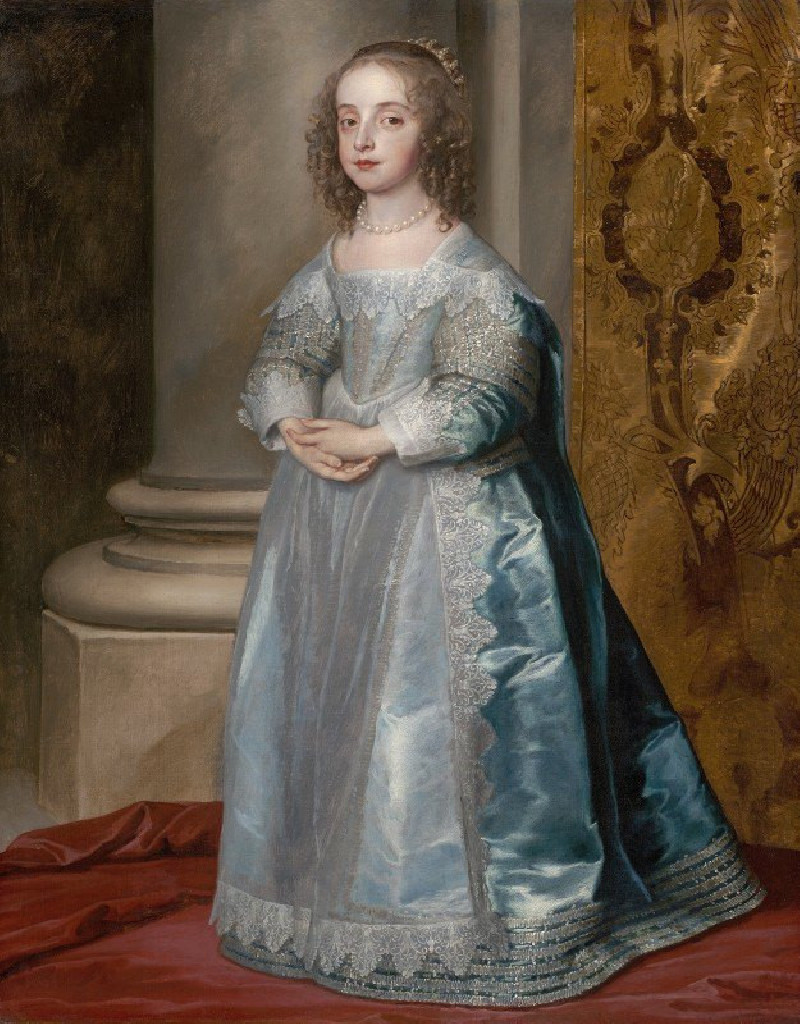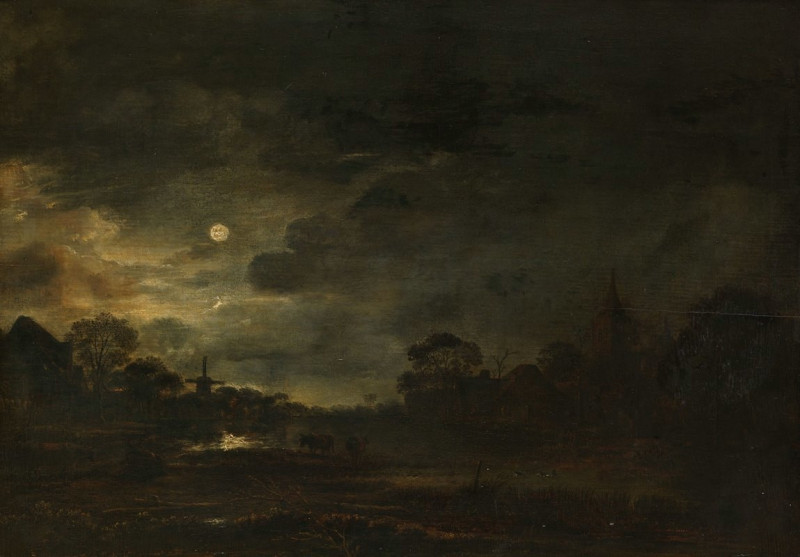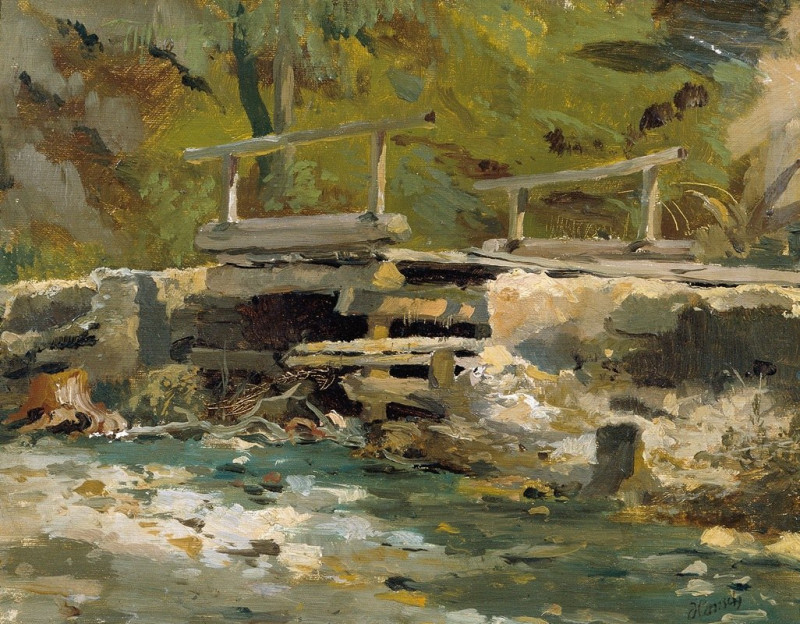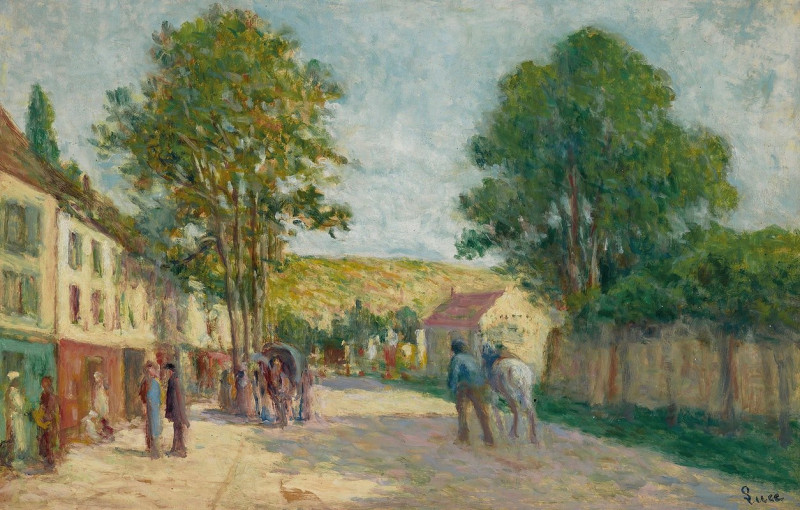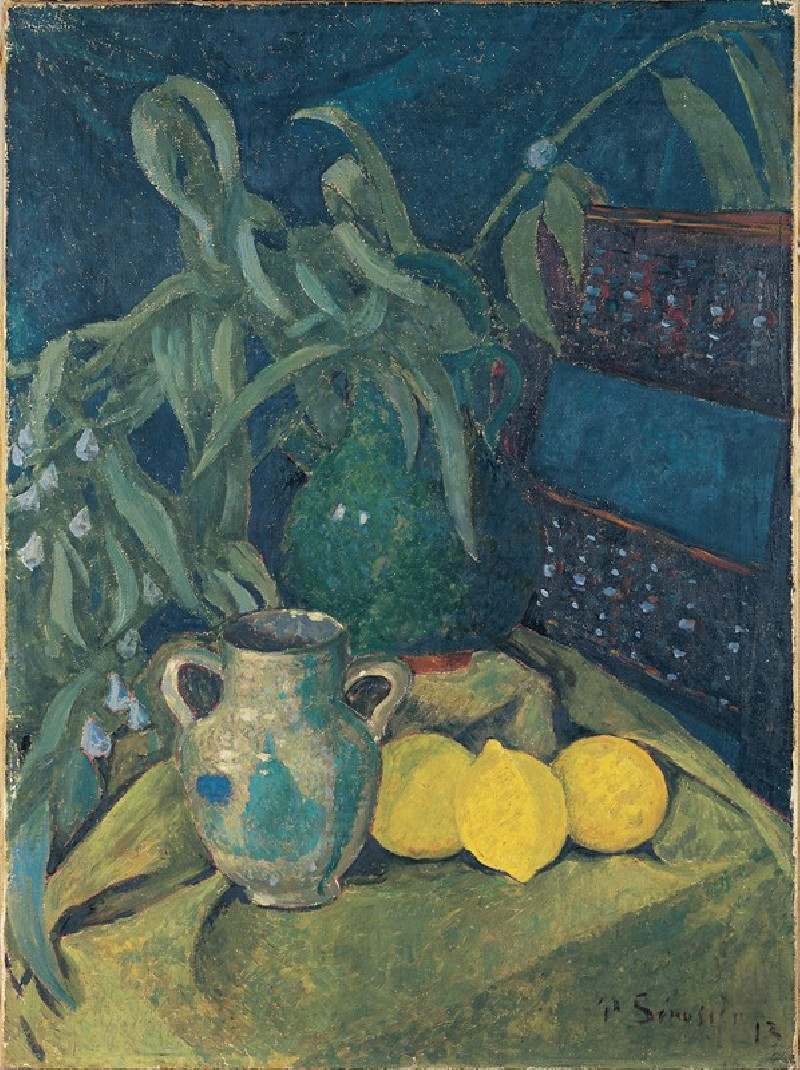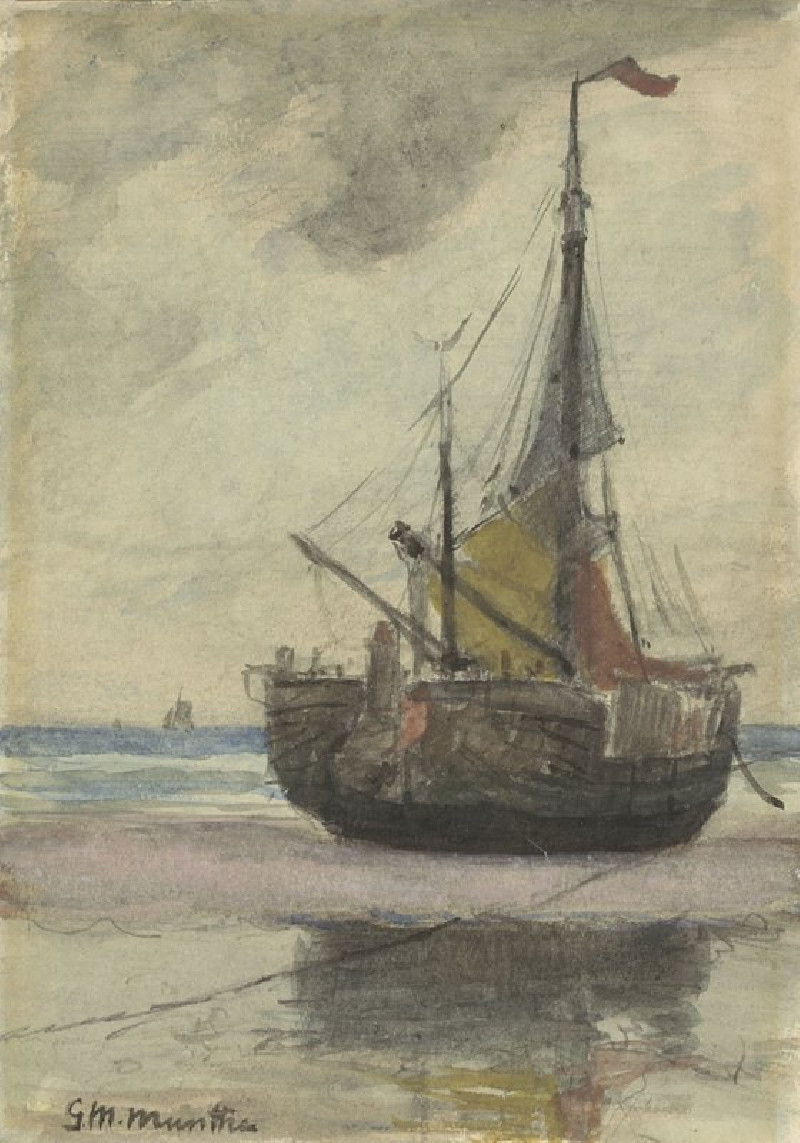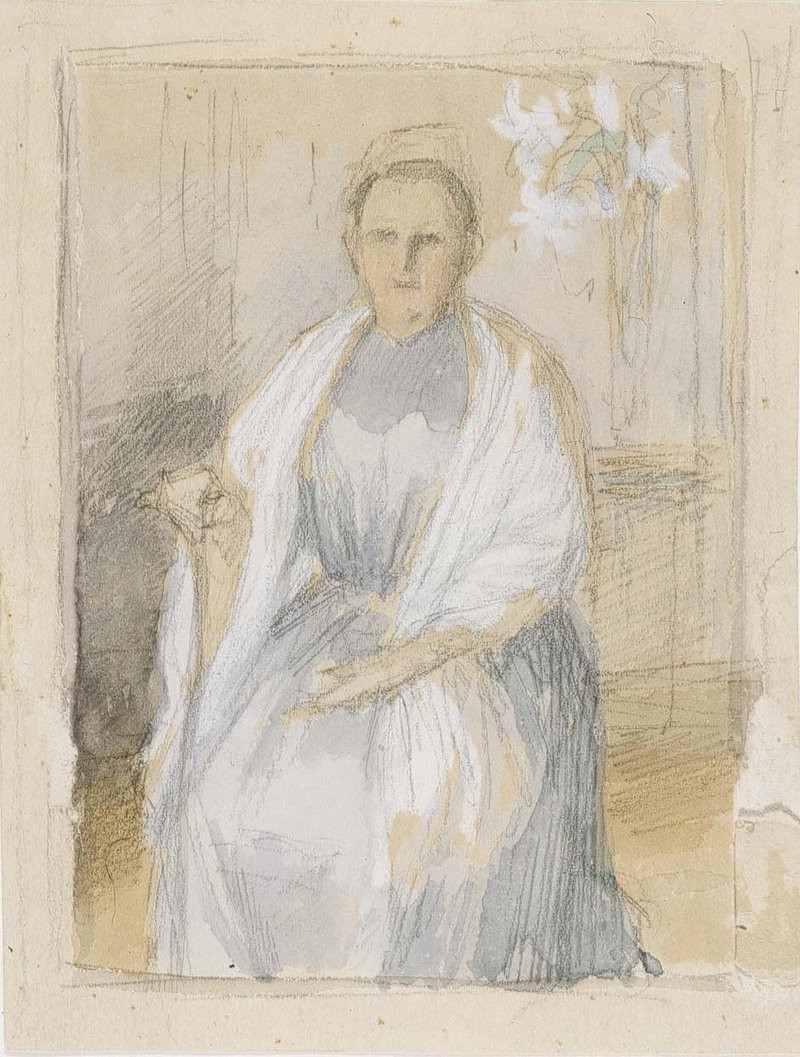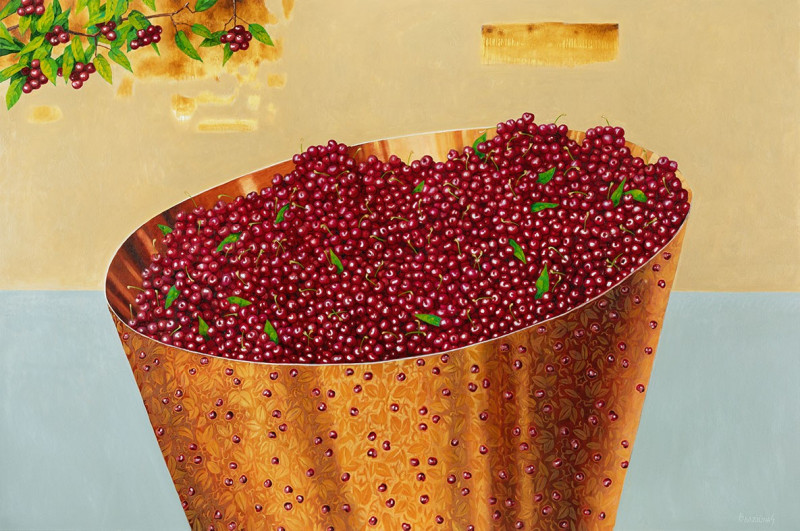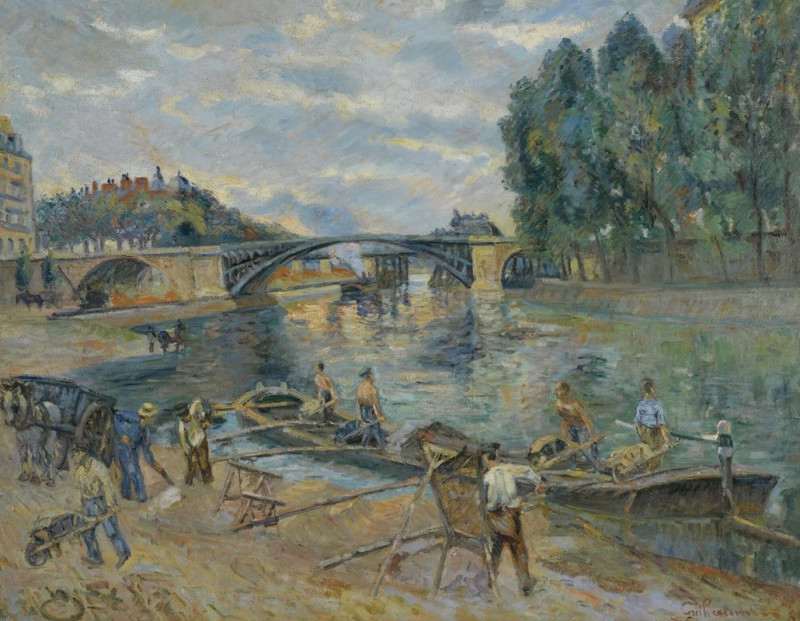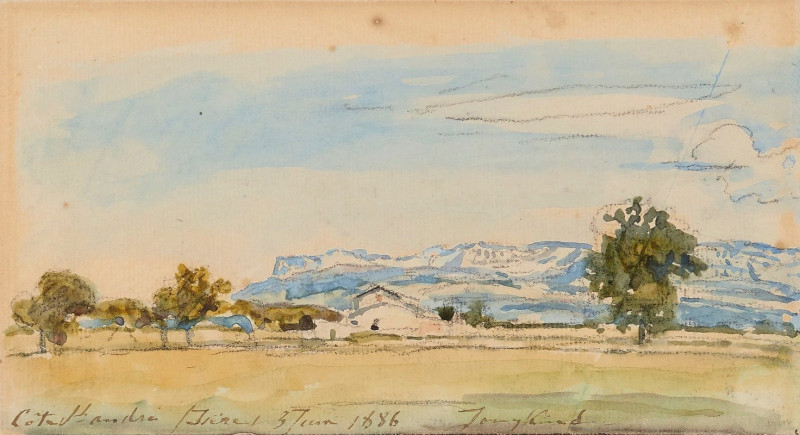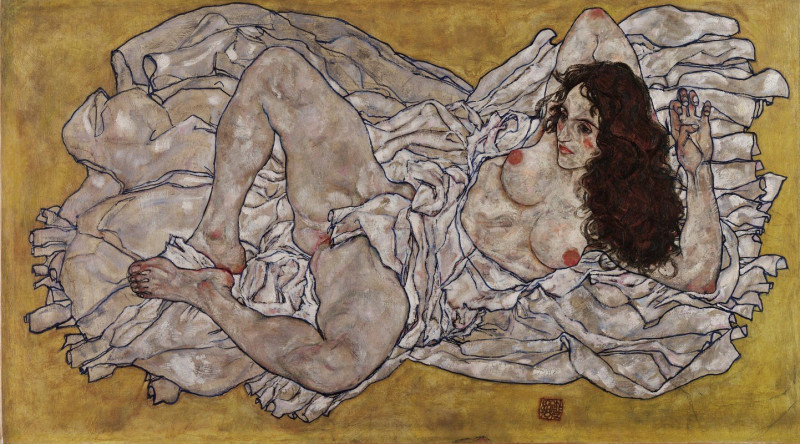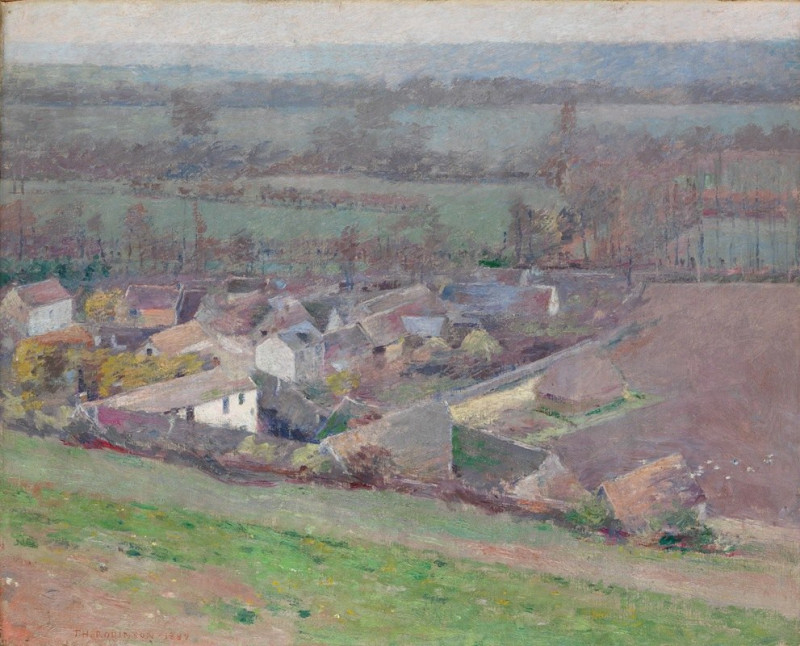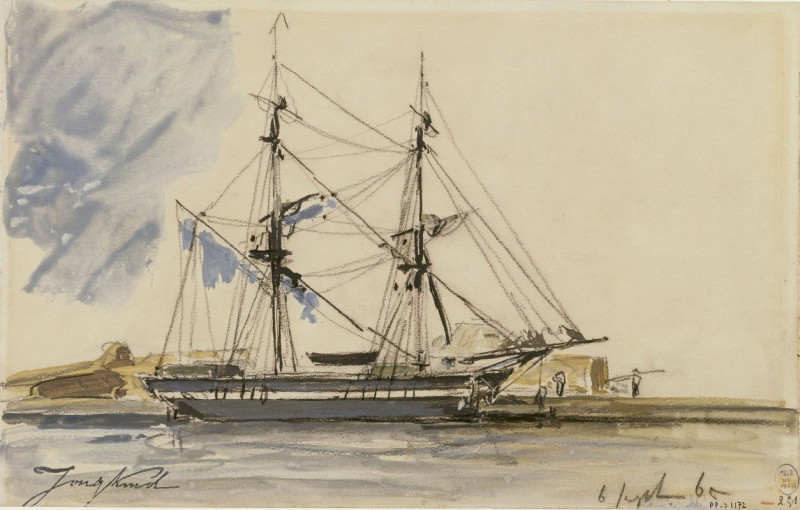Virgin and Child with Music-Making Angels (ca. 1630)
Technique: Giclée quality print
Recommended by our customers
More about this artwork
Welcome to a captivating journey into the Baroque era, where art and spirituality intertwine gracefully in Anthony van Dyck's masterpiece, "Virgin and Child with Music-Making Angels." Painted circa 1630, this exquisite work showcases van Dyck's outstanding ability to convey religious narratives with emotional depth and aesthetic elegance.At the center of the composition, the Virgin Mary is depicted with a serene and maternal grace, draped in a vibrant blue robe that symbolizes purity and heaven. She cradles the infant Christ, who reaches out tenderly toward one of the angels. This central scene of maternal affection and divine innocence forms the heartbeat of the painting.Surrounding the Virgin and Child are three angels, each engaged in making music. The angel on the left strums a lute gently, while the one on the right plays a viola, their faces reflecting deep concentration and reverence. The third angel, partially visible behind Mary, seems to be singing, completing this celestial concert. The angelic music-making not only enhances the painting's heavenly atmosphere but also symbolizes the harmony between the divine and the earthly realms.The use of chiaroscuro, a technique characterized by strong contrasts between light and dark, highlights the figures against a muted, cloudy background, giving the scene an almost ethereal quality. The soft illumination emphasizes the innocence of Christ and the protective warmth of Mary, inviting viewers to feel the spiritual and emotional resonance of the scene.Anthony van Dyck, a prominent figure of the Flemish Baroque movement, is renowned for his religious compositions and portraiture.
Delivery
Returns
Sir Anthony van Dyck (1599 – 1641) was a Flemish Baroque artist who became the leading court painter in England after success in the Spanish Netherlands and Italy.
The seventh child of Frans van Dyck, a wealthy Antwerp silk merchant, Anthony painted from an early age. He was successful as an independent painter in his late teens, and became a master in the Antwerp guild in 1618. By this time he was working in the studio of the leading northern painter of the day, Peter Paul Rubens, who became a major influence on his work.

